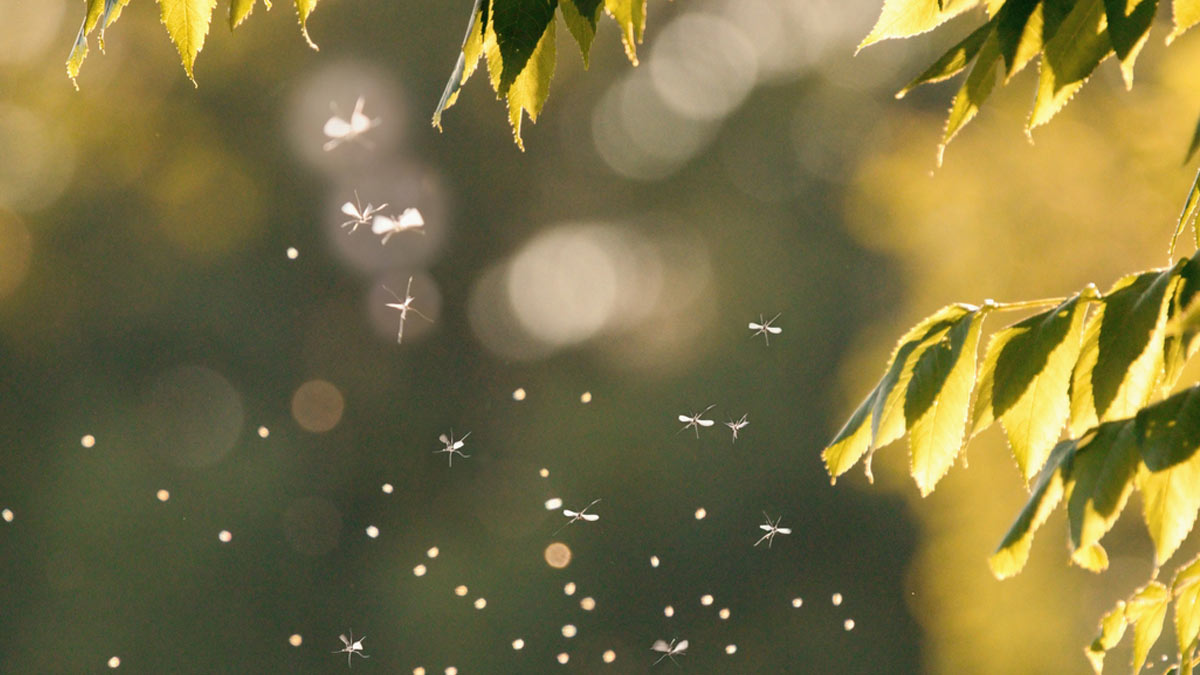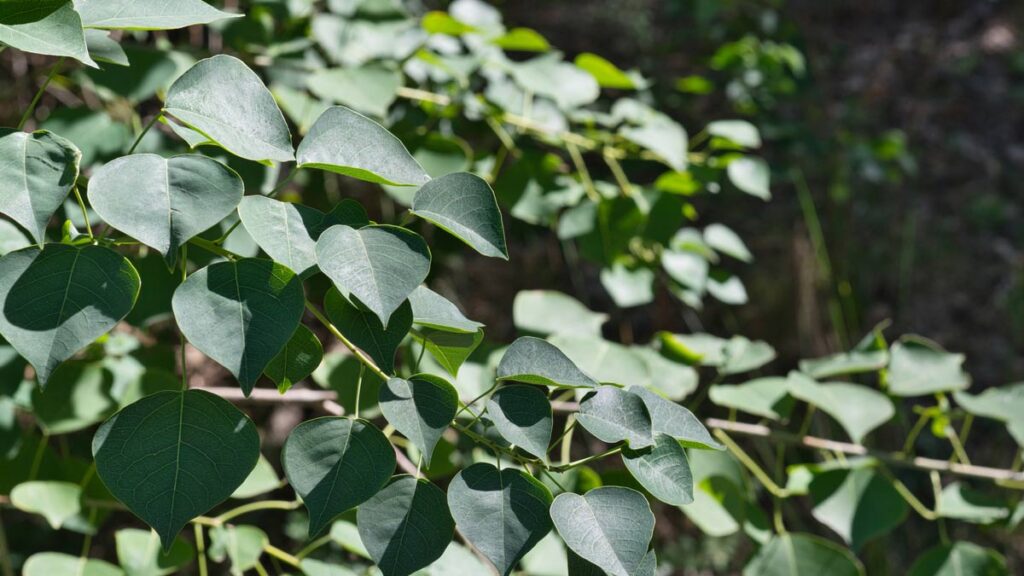
Controlling Mosquito Infestations in Florida
Comprehensive Insights & Solutions
Updated on: January 2024

Florida, with its warm climate and extensive waterways, has long been a primary spot for a variety of mosquito species. These insects play a significant role in the state’s ecosystem but can also be a cause for concern due to the potential health risks they present to residents and visitors. It’s crucial for Floridians to understand the dynamics of mosquito infestations. From the factors that contribute to their proliferation to the preventative measures that can keep them at bay, tackling this challenge not only ensures a comfortable living environment but also safeguards the public from mosquito-borne diseases.
Find What You Need
Understanding Florida’s Mosquito Landscape
Mosquitoes are abundant and can pose many risks depending on the environment. Being aware of their behaviors and patterns and associated risks allows you to be prepared in any event.
Mosquito Species and Their Habitats
Florida’s landscape, abundant with bodies of water and a tropical climate, has inadvertently created an ideal breeding ground for several mosquito species. Among the most prevalent are the Aedes aegypti, known carriers of diseases like Zika and dengue, and the Anopheles quadrimaculatus, a primary vector for malaria in the southeastern United States. The state’s year-round warm temperatures and high humidity facilitate the rapid reproduction cycles of these insects. When combined with periodic heavy rainfalls, there’s an amplification in the number of potential breeding sites.
Mosquito Breeding Patterns
Stagnant water sources are the primary culprits behind rampant mosquito breeding. Breeding sources can range from abandoned tires, to clogged gutters, to unkempt birdbaths. Recent heavy rainfalls, which are not uncommon in Florida’s wet season, further exacerbate the problem by creating puddles and filling containers with water. To combat this, it’s recommended that residents make a weekly habit of inspecting their properties and emptying any containers with standing water. Products like “Mosquito Dunks” or “Mosquito Bits”, which contain natural bacteria harmful to mosquito larvae but safe for other wildlife, can be introduced to larger water bodies to prevent breeding.
Health Implications of Mosquito Bites
Along with the itch, mosquito bites in Florida have implications as mosquitoes are vectors for diseases like West Nile Virus, dengue, and Zika, the health risks are significant. For residents and especially travelers unaccustomed to Florida’s mosquito landscape, be sure to take precautions. Wearing EPA-registered repellents, such as those containing DEET, picaridin, or oil of lemon eucalyptus, can offer significant protection. Additionally, investing in pre-treated travel gear and clothing brands like “ExOfficio” or “Insect Shield” provides an added layer of defense against these potentially dangerous insects.
Take Away
Controlling mosquito infestations in Florida it’s essential for health and environmental stability. From understanding mosquito behavior to leveraging both natural and advanced solutions, it’s clear that collective community action is necessary. Every effort, whether it’s personal practices or advocating for broader state initiatives, contributes to a safer, mosquito-controlled environment. As Floridians, staying informed and proactive is our collective duty to ensure a balanced coexistence with nature.
Natural and Organic Solutions
Many natural and organic solutions exist to help deter mosquitos from your home and environment. Such popular examples include certain plants which naturally occurring repellants, natural predators, and other organic methods.
Plants and Shrubs as Deterrents
Nature offers a variety of organic solutions for Floridians battling mosquito infestations. For instance, certain plants such as lavender are natural mosquito repellents. Another popular choice is the marigold as its pyrethrum content acts as an insect repellent. Citronella grass, the primary ingredient in many mosquito candles and sprays, is yet another effective plant deterrent. Integrating these plants into landscaping or potting them around patios can significantly decrease the mosquito presence.
Natural Predators of Mosquitoes
Beyond plants, Florida’s ecosystem is rife with mosquito predators. Dragonflies, often termed “mosquito hawks”, prey on mosquitoes in both larval and adult stages. Then there’s the gambusia fish, colloquially known as the “mosquito fish”, which feeds on mosquito larvae and can be introduced into ponds or water features. Bat houses have also gained popularity. A single bat can consume thousands of mosquitoes in just one night, offering a dual benefit of pest control and a boost to local biodiversity.
Organic Methods Explored
Organic methods can include a “Mosquito Barrier”, such as a garlic-based liquid spray that repels mosquitoes from lawns and gardens without using chemicals. Neem oil is another organic alternative that wards off mosquitos when applied to skin or plants. For those who prefer wearable solutions, “PARA’KITO” wristbands use natural essential oils to deter mosquitoes and is a functional repellent method. There are various effective and environmentally conscious green options for Floridians.
Modern Methods & Technologies
Many man-made and chemical options for repellents have become available as competitors for controlling mosquito populations. While effective, it is important to understand the potential dangers and consequences of overuse.
Chemical Repellents
Chemical repellents and advanced technologies have become prevalent with increasing mosquito populations. Chemical repellents, such as those containing DEET, are lauded for their efficacy. Products like “OFF! Deep Woods” or “Cutter Backwoods” advertise hours of protection in order to make outdoor activities more enjoyable. However, these products should be used in moderation as overexposure to DEET in high concentrations can lead to skin irritations or more severe side effects in rare cases. Environmentally, the widespread use of certain pesticides in mosquito control, like permethrin, can harm beneficial insects and potentially contaminate water sources, impacting the larger ecosystem.
Mechanized Solutions
Mechanized mosquito traps have become prevalent in the market. Devices like the “Mega-Catch Ultra” or the “Dynatrap” lure mosquitoes using CO2, warmth, and light and once attracted, mosquitoes are trapped or killed, reducing local populations. While these traps can be effective in reducing the number of adult mosquitoes, they are most efficient when used in conjunction with other methods to address the breeding grounds of larvae.
Innovative Technologies and Research
Florida, given its front-line position in the battle against mosquitoes, often becomes the testing ground for innovative technologies. Recent research has explored genetically modified mosquitoes designed to reduce local populations. Companies like Oxitec have introduced genetically altered male mosquitoes that, when mated with wild females, produce offspring that don’t survive to adulthood. Additionally, there’s interest in leveraging artificial intelligence for mosquito detection and control. Drones equipped with special sensors, for instance, can map out breeding hotspots, enabling targeted treatments. These technological advances allow for Florida’s residents to gain a more effective approach to controlling these pests.
Community and State Initiatives
The Florida Department of Health (DOH) plays an important role in mosquito control, acting as both an overseer and facilitator. Recognizing the health implications of mosquito-borne diseases, the DOH collaborates with local mosquito control districts to provide guidance, support, and funding for control operations. The department also tracks disease transmission, ensuring swift responses to potential outbreaks and coordinating efforts with other health entities.
Local communities and municipalities serve as the ground presence and they often collaborate to share resources, expertise, and strategies. For example, communities can establish joint task forces or share mosquito control equipment, benefiting from economies of scale. Regular neighborhood clean-ups, where residents clear potential breeding sites like clogged drains or discarded tires, can make a significant dent in local mosquito populations. These collaborative efforts are further enhanced by public workshops and community meetings, where residents are educated on best practices.
Public education is important and beyond the risk of itchy bites, there’s a genuine health concern linked with mosquitos. Campaigns like “Drain and Cover” have been initiated to educate Floridians about the importance of eliminating stagnant water sources and protecting themselves from bites. Schools, local community centers, and even workplaces often host workshops where experts share tips and distribute informational materials.
Florida, recognizing the vast impact of mosquito infestations, has established state-funded programs to fortify the fight. The “Florida Arbovirus Surveillance Program”, for instance, monitors mosquito-borne disease activity, providing timely data that guide control measures. Furthermore, grant programs, often managed by the DOH, allocate funds to counties and municipalities for the procurement of equipment, training, and other essential resources. This multifaceted approach—spanning from state governance to individual residents—demonstrates Florida’s comprehensive strategy in taming its mosquito challenge.
Understanding Mosquito Behavior
The behavior of mosquitoes in Florida is a product of their environment and biology. Generally, many mosquito species, such as the common Aedes aegypti, are most active during dawn and dusk. These periods, known as crepuscular hours, offer mosquitoes cooler temperatures and reduced wind speeds, ideal conditions to hunt without drying out or being blown off course. However, some species, especially those that are aggressive daytime biters, may also exhibit activity during broad daylight, especially in shaded areas.
Urbanization, with its construction sites, discarded containers, and other artificial water-holding items offers mosquitoes more breeding opportunities. Puddles formed in potholes, stagnant water in construction zones, or even water accumulated in discarded containers can become nurseries for mosquito larvae. Plus, the heat generated from buildings and pavement creates a sort of “urban heat island” effect, which can extend the mosquito season by providing warmer conditions for a longer duration. The more urbanized an area, the more important it becomes for residents and authorities to be vigilant about eliminating these potential breeding sites.
Florida’s hurricane season, which spans from June to November, can exacerbate the mosquito challenge. Post-hurricane, the accumulation of rainwater, combined with flooding, creates countless new breeding grounds for mosquitoes. Subsequently, mosquito populations can skyrocket. During these times, Florida’s mosquito control districts often ramp up their efforts. Airplane or helicopter-based aerial spraying, using products like “Dibrom”, becomes more common to address the sudden surge in adult mosquito populations. Florida must be prepared with a dynamic response to the boom-and-bust cycle of mosquito populations.
Global Insights and Takeaways
Florida can glean valuable insights from other tropical regions that face similar challenges in addressing this dilemma. Many of these regions have tailored strategies that could prove instrumental when adapted to the Floridian context.
For instance, Brazil, plagued by the Aedes aegypti mosquito responsible for transmitting diseases like Zika, dengue, and chikungunya, has pioneered novel genetic modification techniques. Partnering with the British biotech firm Oxitec, they’ve released male mosquitoes genetically modified to produce offspring that don’t reach maturity, thus suppressing the local mosquito population. The results have been promising, with significant reductions in mosquito populations in tested areas.
Singapore, a tropical city-state with regular rainfalls, has also successfully integrated technology into its mosquito control efforts. They use Gravitraps, which attract and trap female mosquitoes looking for a place to lay their eggs. The National Environment Agency (NEA) in Singapore then collects these traps, analyzes the data, and targets specific high-risk areas for focused control operations. Additionally, Singapore’s intensive public education campaigns, like the “Mozzie Wipeout” initiative, emphasize the importance of community engagement in eliminating mosquito breeding grounds.
Furthermore, Puerto Rico, which shares a similar climate to Florida, has harnessed biological solutions. They’ve introduced mosquito-eating fish, like the Gambusia affinis, into stagnant water bodies. These fish, also known as ‘mosquitofish’, consume mosquito larvae, naturally keeping their populations in check.
Incorporating these strategies, from genetic interventions to community-led initiatives, can enhance Florida’s multi-pronged approach. By looking outward and understanding the global landscape of mosquito control, Florida can refine its methods, ensuring the health and comfort of its residents.


